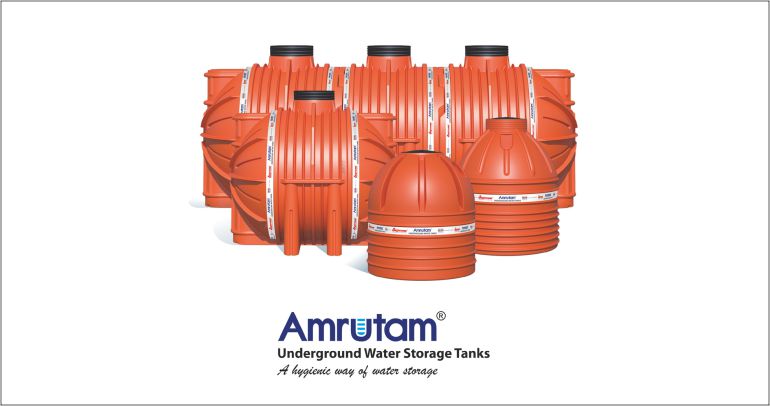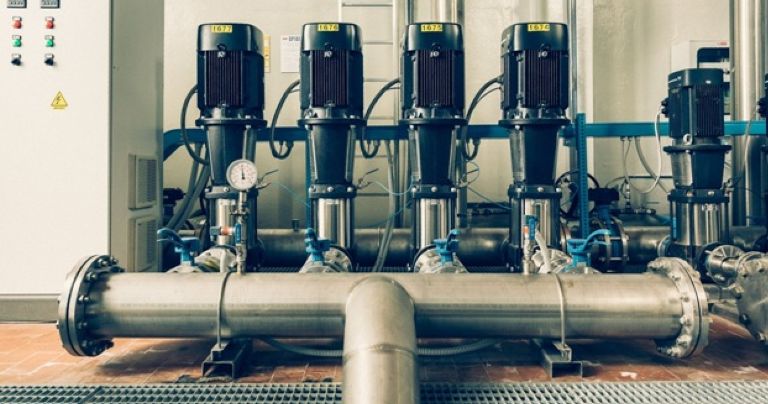CleanMaxx- the economical biotech solution
By Edit Team | December 23, 2016 10:29 am SHARE

Superior performance of specialised bio-cultures under high TDS in a chemical industry
Organica Biotech located in Maharashtra is a leading manufacturer of specialty chemicals and active pharmaceutical ingredients like oxacyl chloride, methyl oxacyl chloride, p-chloro thiophenol, ingredients for flavours and fragrances. The wastewater treatment engineers operating at the facility had trouble handling the surging Chemical Oxygen Demand (COD), Biological Oxygen Demand (BOD) and Total Dissolved Solids (TDS) levels. Poor biomass and foul odour were the other major concerns of the industry. This industry used cow dung for treating wastewater however they did not meet the requisite parameters.
Rapid industrialisation and urbanisation, over the course of time has caused considerable harm to the natural water bodies. Every day, roughly around 6 billion liters of untreated industrial expels pollutes the water bodies. Strategic implementation of appropriate measures will help in combating the pollution.
Major Concerns: Regular plant upsets due to a number of wastewater streams were bothering the industry. The inlet COD and BOD levels were in the range of 3500 to 4000 mg/lt and 1400-1500 mg/lt respectively. TDS level fluctuated between 50,000 mg/lt to 60,000 mg/lt.About CleanMaxx: Organica Biotech has developed a unique biotech formulation, CleanMaxx, which is extremely beneficial in solving the most challenging wastewater problems over the years. CleanMaxx is a consortium of beneficial and naturally derived robust microbes. The microbes secrete effective enzymes which are completely natural and safe to humans, plants and animals. These microbes are very efficient in degrading organic, refractory wastewater pollutants even under high TDS. The microbial consortia present in CleanMaxx in presence of oxygen act on complex organic wastewater pollutants and break them down into simpler, easy to assimilate forms.
Results: The Company’s technical team observed an 85 per cent reduction in COD and 90% reduction in BOD from the biological treatment process. The COD level was brought down from 3650 mg/lt to 547 mg/L which was further lowered to below 250 mg/l in the tertiary systems. The implementation team observed significant improvement in terms of growth within 15 days from the time of commissioning. On the 15th day of the study, MLSS was found to be in the range of 1200-1500 mg/L. By the end of the project, desired MLSS 3,000 – 4,200 mg/L and MLVSS of 2670-3,200 mg/L were achieved. This shows that the ratio of MLVSS: MLSS was 0.7, which indicates the optimum desired parameter. Maximum reduction in odour was also observed. Foaming was totally controlled. Overall plant was stabilised.
Cookie Consent
We use cookies to personalize your experience. By continuing to visit this website you agree to our Terms & Conditions, Privacy Policy and Cookie Policy.





































-20240213125207.png)

























